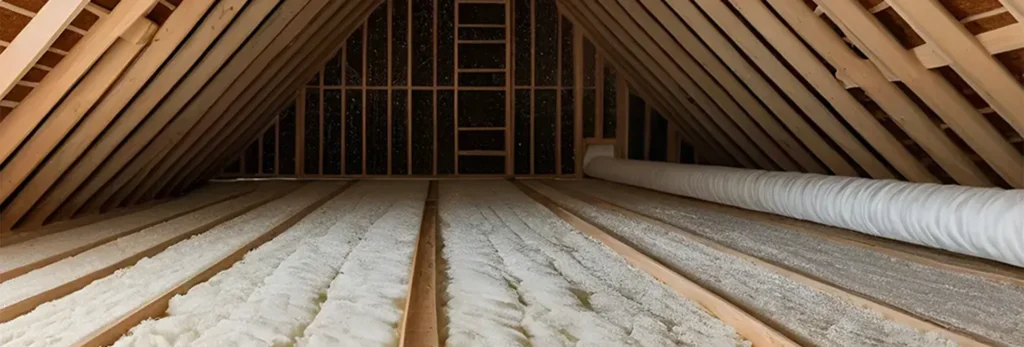Insulation is a fundamental part of building design, directly influencing energy efficiency, comfort, and the performance of any construction. In addition to contributing to the well-being of those within the space, it also plays an important role in sustainability and reducing environmental impact. However, for insulation to be effective, it must adhere to specific standards and regulations that ensure its performance and safety.
In this post, we will address the key standards and regulations related to insulation so you can understand the importance of following these parameters in any construction project.
1. Technical standards for insulation
In the United States, insulation regulations are well-defined and essential for ensuring energy efficiency and safety in buildings. Some of the most relevant standards include:
International Energy Conservation Code (IECC)
The IECC defines the performance requirements for insulation in buildings, focusing on energy efficiency. It sets the criteria for the selection of insulation materials and systems, ensuring that buildings maintain ideal indoor temperatures with low energy costs.
ASTM C518 – Standard Test Method for Steady-State Thermal Transmission Properties by Means of the Heat Flow Meter Apparatus
ASTM C518 is an important standard in the United States, used to measure the effectiveness of insulation materials such as spray foam and fiberglass, which are widely used to provide efficient insulation solutions.
NFPA 285 – Standard Fire Test Method for Evaluation of Fire Propagation Characteristics of Exterior Wall Assemblies
NFPA 285 addresses the fire resistance of building materials, including insulation products. To ensure safety in buildings, the materials used must be fire-resistant and meet all the requirements of the standard.
2. Performance and energy efficiency regulations
Energy efficiency is a primary focus when it comes to insulation. Proper insulation can reduce the need for artificial heating or cooling systems, promoting energy savings and contributing to sustainability.
Performance in buildings
The efficiency of insulation is crucial for the sustainability of buildings. Using high-quality insulation materials can significantly reduce energy consumption, contributing to lower electricity and heating costs.
The International Energy Conservation Code (IECC), for example, requires that building materials be chosen based on their thermal properties, such as heat resistance and heat loss prevention. This contributes to more comfortable environments and reduces energy consumption.
3. Safety in the use of insulation materials
In addition to ensuring comfort and energy efficiency, the safety of materials cannot be overlooked. It is essential that the materials used are certified and meet fire safety requirements.
Safety certifications
Standards like NFPA 285 ensure that insulation materials meet the necessary standards for fire safety. Additionally, Underwriters Laboratories (UL) certifies insulation materials designed to withstand high temperatures and resist fire.
4. Impact of standards on the construction market
Insulation standards and regulations have a significant impact on the construction market. For professionals like engineers and architects, these standards ensure that projects meet legal requirements and safety and performance benchmarks.
For consumers, following the standards guarantees that the materials used in the construction or renovation of a property bring real benefits, such as increased durability, comfort, and significant energy savings. Compliance with these standards can lead to greater building longevity and reduced energy costs over time.
5. How to ensure compliance with the standards
To ensure your construction project complies with insulation standards, it is crucial to work with qualified professionals. Architects and engineers who specialize in insulation can help design and implement solutions that meet all legal and performance requirements.
Additionally, it is important to choose materials that have the necessary certifications and meet energy efficiency and safety criteria. This can be verified through energy performance labels and fire safety certifications.
Conclusion
Insulation standards and regulations are essential for ensuring the quality, safety, and energy efficiency of buildings. Complying with these requirements is not just a legal matter but also a way to promote more sustainable, economical, and comfortable buildings. By following the guidelines of these standards, you ensure that your construction aligns with the best market practices and contributes to a greener and more efficient future.

